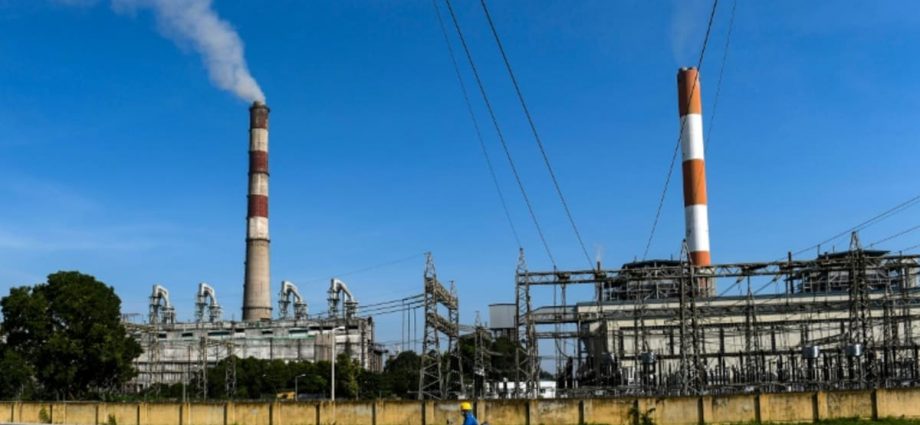
“Because of the conflict between Russia and Ukraine, the price of coal in the global market in 2022 has increased by sixfold since 2020, and by 2.6-fold since 2021,” said chairman of Vietnam Valuation Association Nguyen Tien Thoa.
Vietnam’s state utility EVN has forecast it could run out of cash by May this year unless it raises electricity prices. This comes as the firm expects combined losses of nearly US$4 billion for 2022 and this year.
“I estimate that the increase should be at least 15 per cent in order to support the financial situation of the electricity industry,” said Mr Nguyen Tien Thoa.
However, such an increase will pose challenges to inflation control and “greatly affect” manufacturing and living costs, he noted.
NEED FOR TRANSPARENCY
Vietnam’s electricity price currently stands at less than US$0.08 per kWh.
While some experts suggested increasing the price gradually, in phases, others called for transparency from the state utility on how it would derive the figure for a possible hike.
Dr Ngo Duc Lam, an analyst from the Vietnam Sustainable Energy Alliance, acknowledged the need to increase the electricity price because of higher costs, but called for fair competition with more market players.
“It is the market rule. But it should be a true market where there is competition, it should not be a market with solely state utility EVN,” he said.
FEELING THE PINCH
Small businesses in Hanoi’s Old Quarter are already feeling the pinch, as prices of raw materials spiral. A kilogramme of coal now costs 50 per cent more, compared to two years ago, and blacksmiths are feeling the heat.
Blacksmith Nguyen Phuong Hung said: “If the electricity price increase is too high, it will be too difficult for people with limited income.
“It will be more difficult for workers. So policymakers need to carefully consider the impact.”
Mr Hung said he will pass down any increase in electricity prices to consumers, by raising the prices of his products.
IMPACT OF WAR ON DEFENCE INDUSTRY
The ongoing war has also disrupted Vietnam’s plans to modernise its armed forces by 2030, given that the country is the largest importer of Russian arms in the region.
Since Vietnam started its military modernisation programme in the late 1990s, Russia has been its main supplier of weapons and defence systems.

